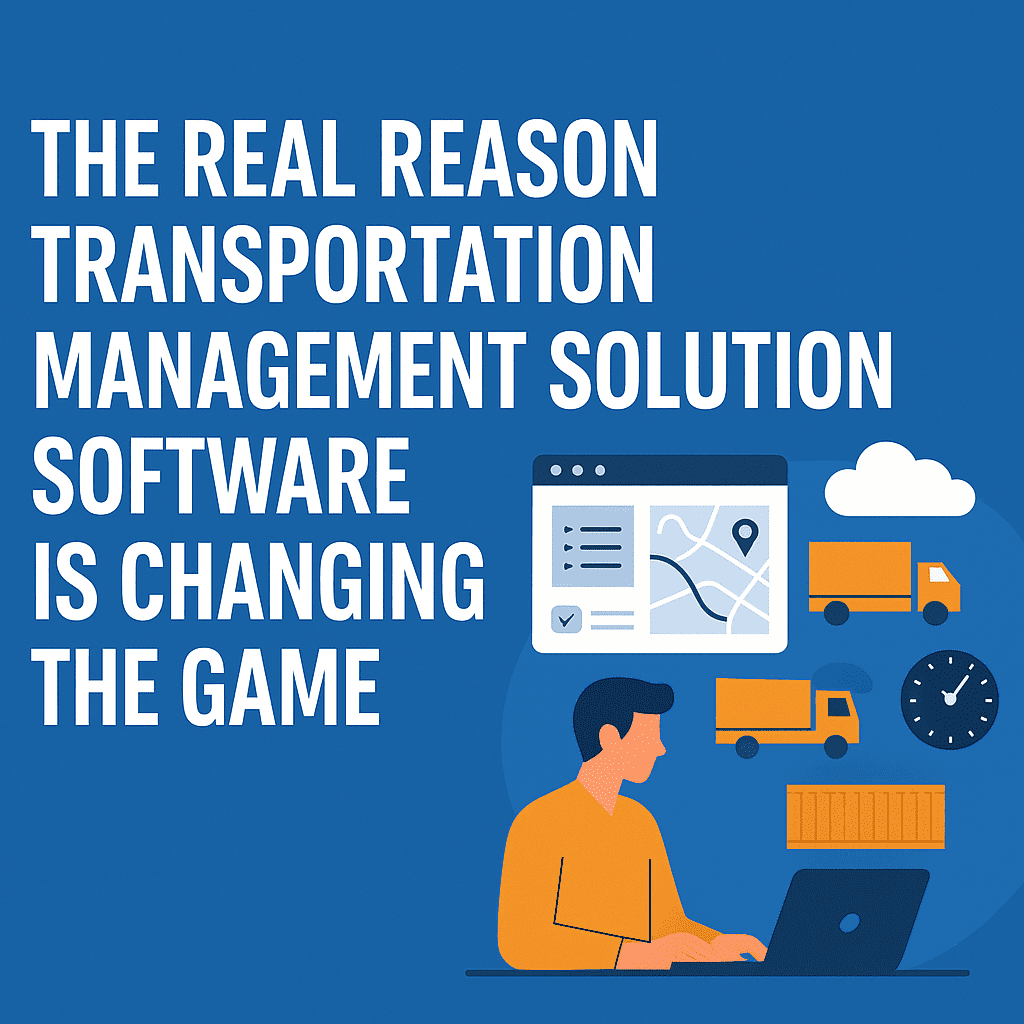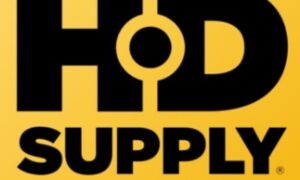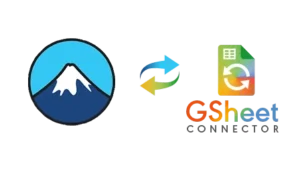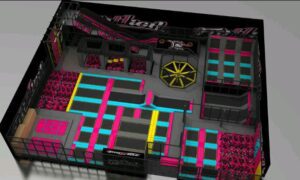A decade ago, running a freight operation meant endless phone calls, messy spreadsheets, and a dispatcher who never got to take a real lunch break. Today, everything looks different. Companies are turning to smart software to track shipments, plan routes, and keep things running smoothly.
This shift isn’t just about adding more tech. It’s about taking control of chaos. A solid transportation management solution gives logistics companies something they’ve been chasing for years—speed, visibility, and fewer mistakes.
No More Guessing Where the Freight Is
Picture this. A truck is late. The customer is calling. The dispatcher is calling the driver. The driver’s stuck in traffic, and no one knows how long the delay will be.
With a transportation platform in place, that entire mess disappears. Everyone can see exactly where the shipment is. The system gives real-time updates, estimated arrival times, and alerts if something goes wrong.
That kind of transparency saves time, lowers stress, and builds trust with customers. No more hoping for the best. You actually know.
Why Companies Are Adopting TMS at Full Speed
Here’s the thing—freight isn’t getting any simpler. Companies are handling more loads, tighter timelines, and pickier customers than ever.
The smartest logistics teams are investing in technology to:
- Keep better control over shipments
- Cut down unnecessary calls and manual updates
- Spot problems before they blow up
- Handle more freight without adding more people
This is why TMS isn’t some fancy luxury anymore. It’s becoming the new standard for how real operations run.
How a Good TMS Changes Everyday Work
When a company puts TMS software in place, the day-to-day routine shifts fast. Dispatchers go from fighting fires to managing smoothly. Carriers stop getting ten calls a day asking “where are you?” And customers get actual answers instead of excuses.
Here’s a simple way to look at it:
| Before a TMS | After a TMS |
|---|---|
| Spreadsheets everywhere | Everything in one dashboard |
| Tracking shipments by phone | Live location updates |
| Messy paperwork | Digital documents and clean records |
| Slow dispatching | Quicker planning with fewer mistakes |
| Constant surprises | Real-time alerts before problems escalate |
This isn’t theory—it’s exactly what happens when the right system is in place.
Money Saved Is Just the Beginning
A good TMS isn’t just about getting organized. It saves a lot of money without cutting corners. Fuel bills go down when routes are smarter. Extra labor hours drop when the system handles the busywork. And shipments arrive on time more often, which keeps customers happy.
That kind of reliability builds momentum. One small win in dispatching leads to another in billing, another in tracking, and another in customer service. Over time, it turns into a leaner, stronger operation.
Customers Notice the Difference
Let’s be honest—no customer wants to hear “I’ll call the driver and get back to you.” They want answers on the spot. TMS software gives teams the power to do that.
Customers can receive updates automatically, track their shipments themselves, and trust your team because they see you’ve got control. It doesn’t just improve your service. It changes the entire relationship.
When Growth Doesn’t Mean Losing Control
Many logistics companies hit a wall when they grow. More shipments usually means more confusion. But with TMS, scaling is smooth. The system doesn’t care whether you’re handling 20 shipments or 2,000.
Instead of hiring more people just to chase down trucks, your team can handle bigger volumes with the same crew. That’s how companies expand without losing their minds—or their margins.
Keeping Everything Clean and Compliant
One of the quiet superpowers of a good TMS is how it handles paperwork. Bills of lading, PODs, compliance forms—all stored and organized automatically.
That means:
- Fewer lost documents
- Easier audits
- Faster claims processing
- Less stress for everyone involved
Regulations aren’t getting any lighter. Having a system that keeps things tight behind the scenes is a serious advantage.
A Real Example of What This Looks Like
A regional logistics company in the South was juggling around 300 loads every week using a tangle of spreadsheets and group texts. Drivers were frustrated. Customers were frustrated. The team was drowning in busywork.
They finally switched to a TMS. Within three months, dispatching took less than half the time, customer service calls dropped sharply, and late deliveries fell by nearly a third. Nothing else changed—same people, same freight. Just better tools.
How to Pick a TMS That Actually Works
Not every TMS is built for every business. The best system is the one that matches how your operation runs.
Questions to ask before choosing:
- What kind of shipments do you handle most?
- Do you need tight integration with your billing or accounting tools?
- How many carriers or drivers are you managing?
- Do you want advanced reporting or just clean visibility?
Pick a platform that makes daily work easier, not harder. And if it takes a month to train your team, it’s probably too complicated.
Many logistics teams have turned to transportation management solution providers like Hatfield & Associates because they offer systems designed to actually fit the way freight companies operate.
The Bigger Picture: Why TMS Is Taking Over
Industry studies from sources like FreightWaves show that companies using TMS save anywhere from 8 to 12 percent on freight spend while increasing on-time delivery rates by up to 20%.
Those numbers matter. But the real impact shows up in how calm the dispatch room feels. No shouting matches. No paper piles. Just a crew that actually has control over their workday.
Common Questions
What exactly does a TMS do?
It plans, tracks, and manages shipments so companies can run freight operations faster and cleaner.
Is TMS software just for big companies?
Nope. Smaller operations can benefit even more because it eliminates busywork.
Does it replace people?
No. It helps people work smarter, not harder.
Can it connect with my current tools?
Most modern platforms are designed to integrate easily.
How fast can I see results?
Many companies notice a difference in just a few weeks.
The freight world moves fast. The ones who keep up aren’t the ones hustling harder—they’re the ones who build smarter systems. A transportation management solution doesn’t just make your operation look good. It gives your team a level of control that old-school methods will never match.

































